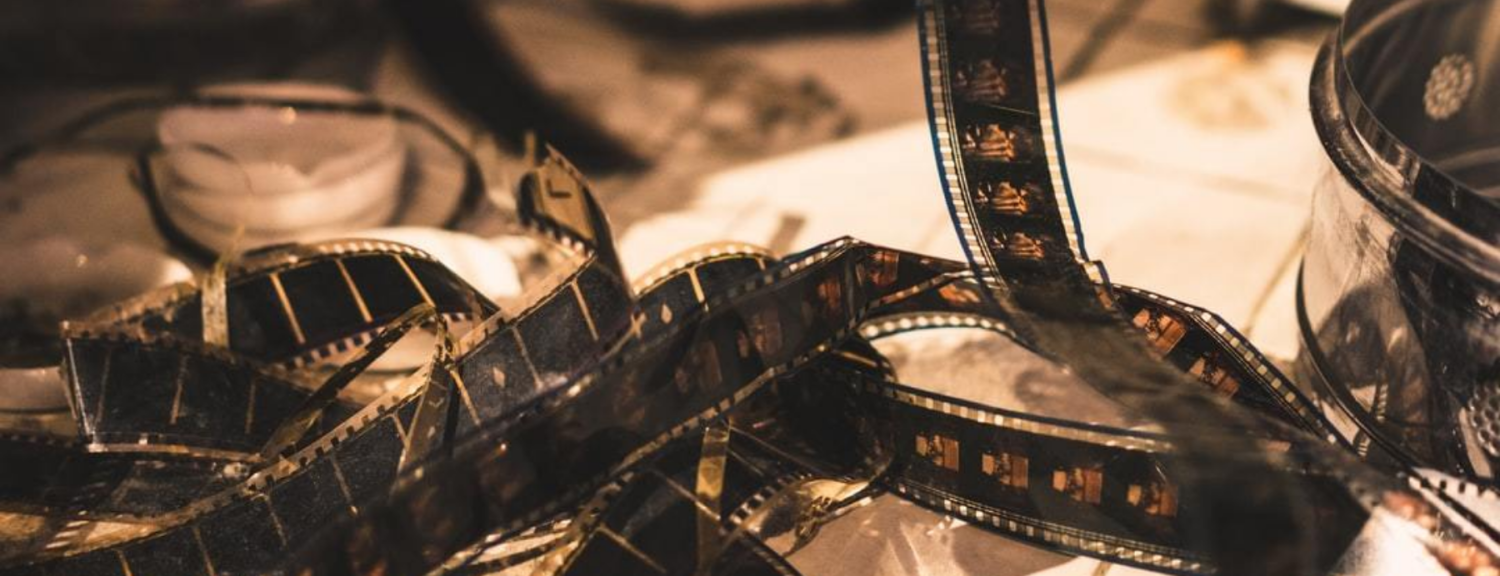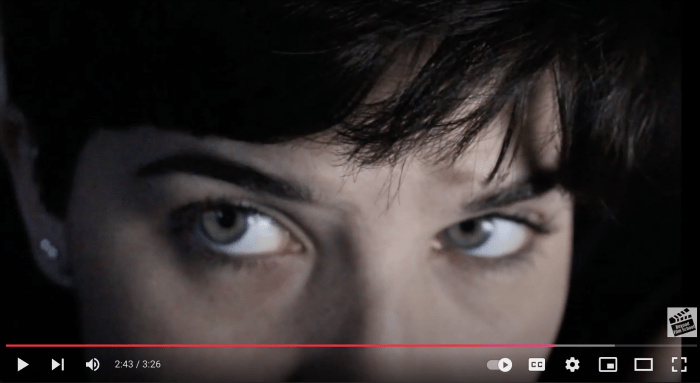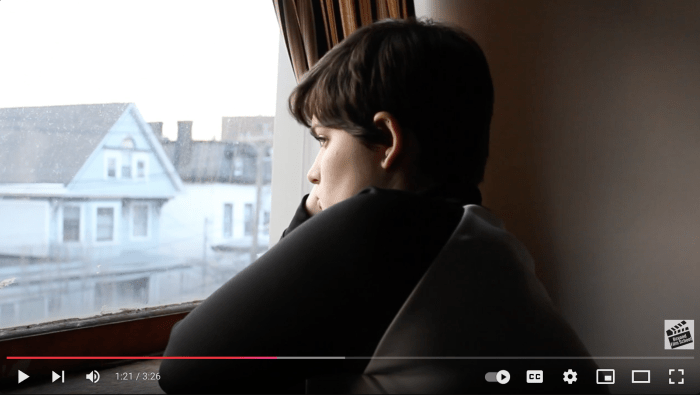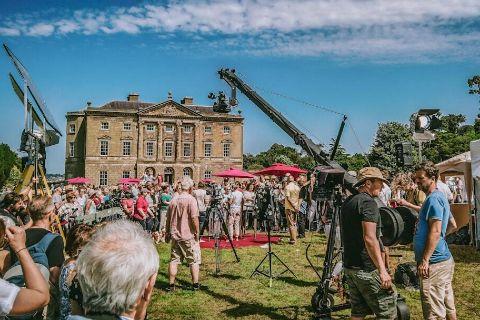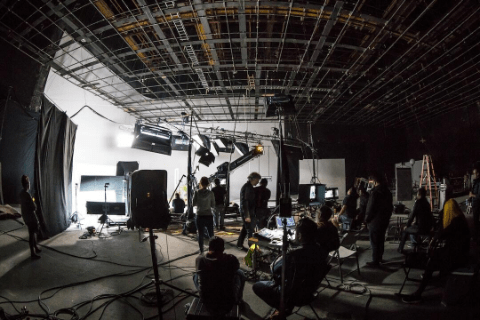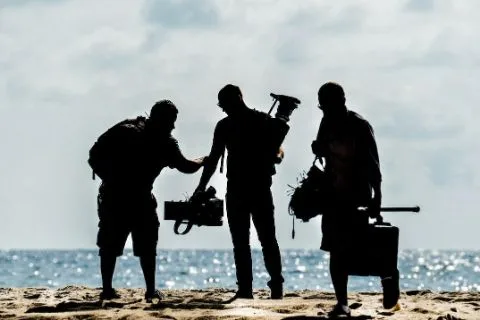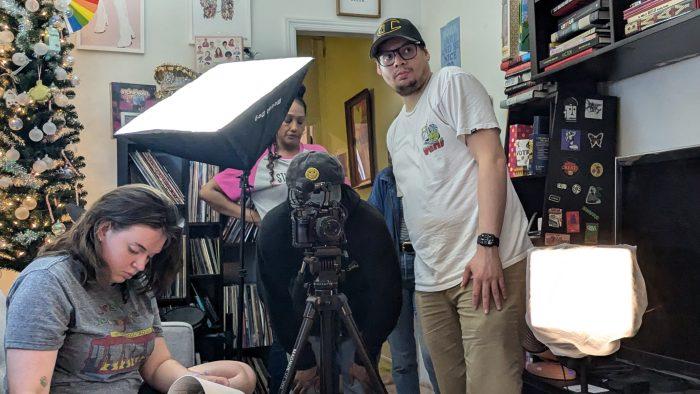
Indie Filmmaking: Creating Content with Limited Resources


Indie Filmmaking: Creating Content with Limited Resources
For beginners in filmmaking, creating an independent film can be both exciting and daunting. The good news is that with the right approach, you don’t need a massive budget or professional studio backing to make a great film. Indie filmmakers often work with limited resources but find creative ways to tell impactful stories. Below is a 10-step guide for those who have never made a movie before, focusing on low-budget, independent filmmaking.
10-Step Guide for Making Your First Indie Film
Step 1: Start with a Simple, Strong Idea
And I truly mean this. If you NEVER made anything keep it simple – REALLY simple.
- Keep it manageable. Choose a concept that can be filmed with limited locations, few characters, and minimal special effects.
More like 1 location, 1 actor, maybe 2. and if you have skills inVFX ok go for it, but still keep it small!
- Think small but meaningful. Focus on a story that resonates emotionally rather than requiring expensive production elements.
- Write for what you have. If you know you have access to a specific location (like your apartment or a park), write your story to fit that setting.
This is such a piece of advice that really gets away from folks. They can’t help but write something that they don’t have access to. if this is your first movie, DON’T WRITE FOR THINGS YOU DON’T HAVE ALREADY.
Step 2: Write a Short, Efficient Script
- Keep it short. For your first project, aim for a short film (2-5 minutes). This makes the project less overwhelming and not as challenging to complete.
- Focus on character and dialogue. If your budget is zero, you can focus on developing strong characters and meaningful dialogue to carry the film, not so much the production quality.
- Use free resources for writing: Software like Trelby helps you format your script professionally without needing expensive programs. Arc Studio also has a free program you can use to write scripts.

Step 3: Plan Your Budget
- Break down costs. Identify key expenses like equipment rental, props, costumes, food for the crew, and possible post-production costs (editing, sound, etc.).
If you keep your crew minimal you have less mouths to feed. Also if you don’t shoot for a few hours spurts you may not have ot feed anyone. Think about thrift store shopping or costumes, or those really good store return policies.
Work with equipment you ALREADY have. If this means you only have to shoot on your phone so be it!
Remember you are starting small!
- Set a realistic budget. You can make a film with as little as $0 if you’re resourceful, but you might need a small amount for basic costs. A micro-budget can be anywhere from $100 to $500.
- Crowdfunding and favors. Consider using crowdfunding platforms like Spotfund, Kickstarter or Indiegogo, but also don’t be afraid to ask friends and family for help with things like locations or props. YOU NEVER KNOW WHO WILL WANT TO HELP YOU. So, ask for help!
Step 4: Assemble Your Crew
- Use your network. Reach out to friends, classmates, or local film communities for crew members who are willing to work for experience or credit. Always plan on offering imdb credit!
- Wear multiple hats. You may need to take on several roles yourself (director, producer, editor), which is common in indie filmmaking. You might also be the actor!
- Work with passionate people. Find collaborators who are excited about the project. Enthusiasm often compensates for inexperience in a small crew.
Step 5: Cast Your Film
- Look for local talent. Start with actors you know or connect with local theater groups, acting classes, or casting websites like Backstage or Actors Access.
I feel like everyone always has an actor friend. Hit them up, make sure you offer them credit, and footage for their reel for helping you make your movie. Remember actors want the chance to act!
And don’t forget you can also be the actor if need be. Yes, it will take a lil longer to shoot, but at lest you have your actor. Also if you see actors in your social media feed dm them and ask if they’d like to be part of movie you’re filming!
- Do auditions or self-tapes. If you can’t hold in-person auditions, have actors submit video auditions to see how they fit your characters.
- Prioritize chemistry. For films with intimate or character-driven stories, the chemistry between actors is crucial.
These are stills of me in my own short film. I didn’t want to hire an actor just to make this. I just wanted to make this short so I was in it myself!
Step 6: Scout Locations and Gather Props
- Use free or inexpensive locations. Choose locations that are free or easy to access, like public parks, your home, or a friend’s house. Maybe your parent’s house if need be.
- Get creative with props and costumes. Borrow, thrift, or DIY props and costumes. You don’t need a Hollywood set to make your scenes feel authentic.
- Check permits (if needed). Depending on where you’re filming, you might need a permit, especially in public spaces. Many indie filmmakers shoot guerrilla-style, but it’s best to check local regulations.
I don’t want to say ask for forgiveness, not for permission but…
Step 7: Organize Your Shoot (Pre-production)
- Create a shot list and storyboard. Plan out each scene visually with a storyboard, even if it’s simple sketches, and make a detailed shot list. PLEASE do this! This will help you stay on track and organized.
- Schedule efficiently. Plan the shoot based on location and actor availability to minimize time and cost. Shoot all scenes at one location on the same day if possible.
- Rehearse with actors. Rehearse key scenes to ensure everyone is comfortable with their lines and blocking, saving time during shooting.
Step 8: Film Your Movie
- Use available equipment. If you don’t have access to high-end cameras, use what you have (like a smartphone or a DSLR). Many indie films have been made with minimal gear.
- Pay attention to sound. Good sound is often more important than visuals. If possible, invest in an affordable external microphone to improve audio quality.
Sound always trips everyone up. This goes back to the script writing stage but consider making a cool artsy silent film. this requires no sound mixing and boom operator on set. Also use voice narration. You can record a nice strong voiceover in a convenient location with very cheep mic. I have this one and its a very solid microphone for very cheap!
I use this microphone, and just record something quick on OBS (which is also free btw) on my computer to get the audio file I need and then import to Final Cut, detach the audio file then delete the picture. Then I’m going to lay it in where I need it.
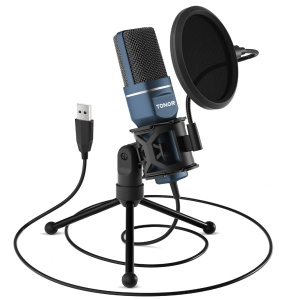
- Work fast but carefully. Independent shoots are often on tight schedules, so stay focused. However, don’t rush through critical scenes—ensure you get the shots you need.
Step 9: Post-Production (Editing)
- Edit your film yourself or with a collaborator. There are free or inexpensive editing software options like DaVinci Resolve or iMovie. Remember start small!
- Add sound and music. Pay attention to sound design. You can find royalty-free music and sound effects online, or collaborate with a musician who’s willing to score your film.
- Color correction and titles. Even simple color correction can make your film look more polished. Free tools like DaVinci Resolve offer color-grading options. But if I’m being honest if you’re working on your phone, or a lower end DSLR you wont need to color grade. Let’s not complicate it this stage isn’t required for a good looking short film.
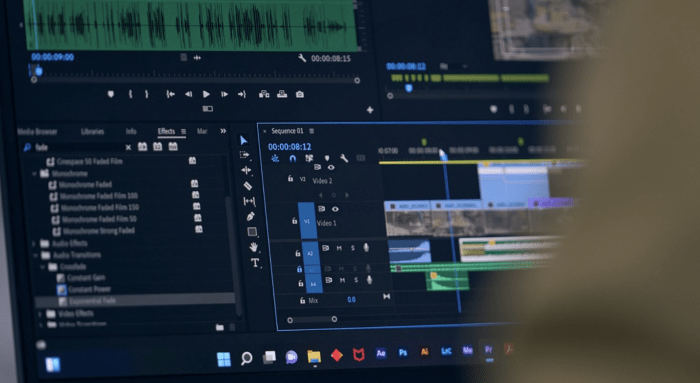
Step 10: Distribute Your Film
- Film festivals. Submit your short film to festivals. You may not be ready for Sundance and Tribeca, but the have many smaller local ones. Look for festivals that are specifically indie-friendly or cater to new filmmakers.
- Online platforms. Upload your film to Vimeo, YouTube, or platforms like FilmFreeway or Short of the Week to gain exposure.
- Build an audience. Promote your film through social media, and consider a small marketing plan to reach your target audience. Building an online following can lead to future opportunities.
Additional Tips for First-Time Filmmakers:
- Stay flexible. Things will go wrong—budget constraints, weather, actor availability—so be ready to adapt and find creative solutions. I mean it is independent filmmaking it’s the wild west! So do what you gotta do.
- Focus on storytelling. Audiences will forgive technical flaws if your story is engaging and your characters feel real.
- Learn from others. Watch interviews with indie filmmakers, join online communities, and study successful indie films to learn from their successes and challenges.
Starting small will help you gain confidence, build your portfolio, and prepare for larger projects in the future. Keep in mind that the best way to learn filmmaking is by doing—every project will teach you valuable lessons for your next one!
For my directors out there if you want to apply for those directing mentorships they require a directing sample – so get to making small micro shorts to exercise your directing skills.
One of the first streps to getting into film is becoming a Set PA and I offer Set PA training in person and online. Check those out. And once you finish one of those courses you’re eligible to apply to the Annal Beyond Film School Film Challenge. I put you in the role you always wanted and you make an actual short film!
